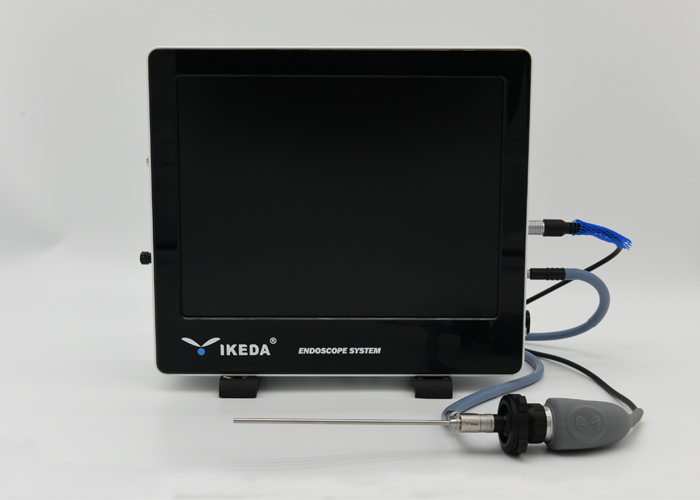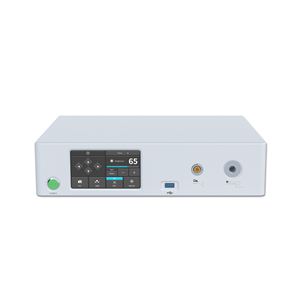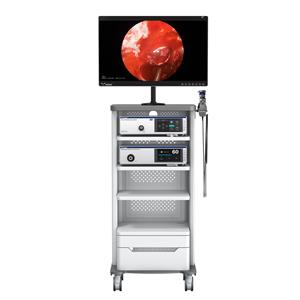Application Of Industrial Endoscope in Removing Deposits From Automobiles
After a car has been driven for a period of time, certain deposits will form in the fuel system. The formation of sediments is directly related to the fuel of automobiles: First, because gasoline itself contains gums, impurities, or dust and impurities brought in during storage and transportation, deposits similar to sludge are formed in automobile fuel tanks, fuel intake pipes, etc. over time. The second is that the unstable components such as olefins in gasoline will undergo oxidation and polymerization reactions at a certain temperature to form gum and resinous viscous materials. These viscous substances deposit on the fuel injector, intake valve, combustion chamber (cylinder head and piston crown) and other parts will become hard carbon deposits.
The hazards of sediments:
1. The deposits will block the needle holes and valve holes of the fuel injection nozzle and affect the performance of the precision parts of the electronic injection system, thereby deforming the fuel injection and reducing its normal flow, resulting in a decrease in power performance; if it is a carburetor engine, Deposits will accumulate in the carburetor, especially around the oil metering hole and rapid metering hole, resulting in unstable engine idling, easy flameout, and increased fuel consumption.
2. The deposits will form carbon deposits on the intake valve, causing it to be tightly closed, and lowering the cylinder pressure of the combustion chamber, resulting in unstable engine operation, increased fuel consumption and accompanied by exhaust emissions worsening the environment.
3. The deposits will form hard carbon deposits on the piston crown and cylinder head. Due to the high heat capacity of carbon deposits and poor thermal conductivity, it is easy to cause local overheating of the combustion chamber and gasoline pre-ignition to cause engine knocks and other failures. At the same time, as the carbon deposits continue to accumulate, the volume of the combustion chamber will decrease and the compression ratio of the engine will increase. The increase in demand for gasoline octane will increase fuel consumption; in particular, it will increase the HC and NOx emissions in the exhaust gas and shorten the life of the three-way catalytic converter.
Application of industrial endoscope in removing deposits from automobiles
Industrial endoscope is a new type of non-destructive testing instrument that uses the combination of electronic optics technology and precision machinery. At present, industrial endoscopes are well-used in the automotive maintenance market. Industrial endoscopes can easily see different parts of the engine and other internal parts, display real-time conditions such as deposits inside the engine cylinder, and record them for convenient use and storage. Observe the information. In this way, car owners can clearly see the cleaning effect of engine carbon deposits through the endoscope observation and comparison, which is more convincing and improves customer satisfaction.
Of course, the industrial endoscope for automobile maintenance is not only used to observe the internal condition of the engine, but also to observe whether there are cracks in the engine block, the internal condition of the gearbox, the water tank and some places that can be touched but not seen. Intuitively see the car's faults, so I believe it will make your fault detection more convenient and intuitive to check out the internal problems of the engine, greatly reducing maintenance costs and time. So the advantages of engine endoscopy are obvious.





